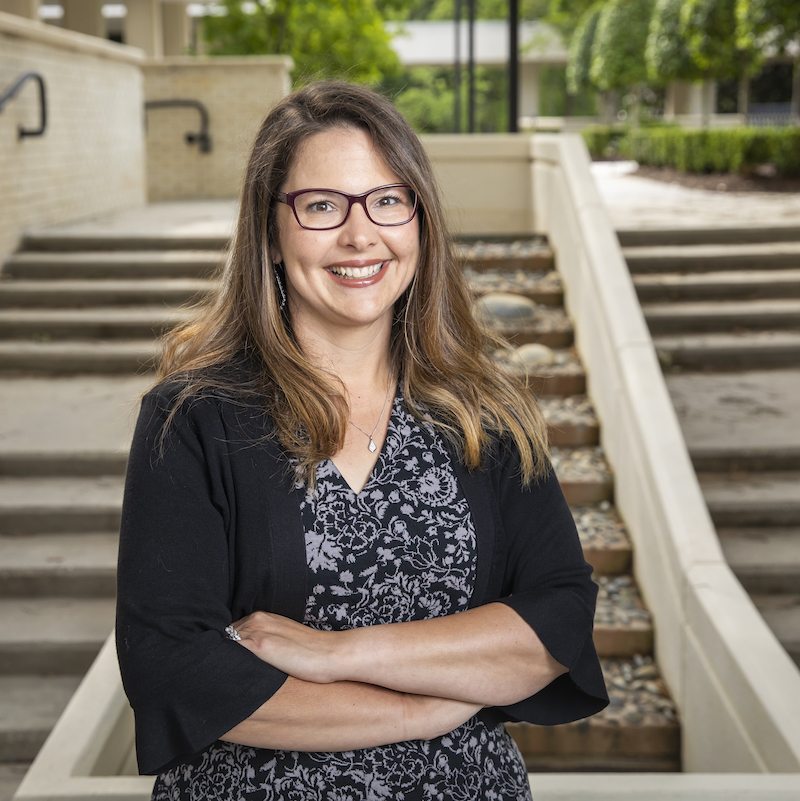Collaboration aims to prevent people from using at all
Brice Mohundro, Opioid Stewardship Task Force chair
By Maggie Heyn Richardson
The opioid epidemic continues to be a challenge for communities nationwide, including the Capital Region, but an effort among partners of the Baton Rouge Health District is fighting the crisis through prevention. About 18 months ago, the Health District formed the Opioid Stewardship Task Force to identify best practices for both reducing the number of opioids prescribed and for better educating the public about their options as consumers.
“This has been a really innovative project where a group of partners are working collaboratively to promote better health outcomes across the community,” says Health District founding executive director Suzy Sonnier. “By working across organizations, we have a better shot at making a collective impact.”
The Baton Rouge Health District is a nonprofit created to improve health outcomes across the region and to create a unique place in the Essen Lane-Bluebonnet Boulevard corridor. Health District partners share common interests concerning the growth and development of the local health care sector, as well as infrastructure improvements that improve traffic flow. Modeled after other medical districts around the country, the area was defined in the East Baton Rouge Parish Master Plan, FuturEBR.
Its partners include Our Lady of the Lake, Baton Rouge General, Mary Bird Perkins Cancer Center, Ochsner, Blue Cross Blue Shield of Louisiana, Woman’s Hospital, the Pennington Biomedical Research Center and the Baton Rouge Area Foundation. In addition to its commitment to building a thriving health care corridor, the Health District’s initiatives benefit the whole community. Taking on the opioid crisis is one of them.
“We looked at where we could really have the most impact, and preventing people from becoming users was one of them.”
— BRICE MOHUNDRO
One of the challenges of fighting the opioid epidemic in Louisiana has been the sheer number of opioid pain killers that have been legally prescribed over the last several years. According to the Centers for Disease Control and Prevention, the sale of prescription opioids quadrupled in the United States between 1999 and 2014, a period when doctors were encouraged to make pain management a major priority.
It wasn’t uncommon for physicians and oral surgeons to prescribe drugs such as OxyContin in 30-day supplies for minor procedures, resulting in a nationwide abundance of opioids that often ended up unused in medicine cabinets.
In 2015, Louisiana had more opioid prescriptions than it had residents. The state had the sixth-highest per capita opioid prescription rate in the country that year, with 111 prescriptions per 100 persons. Since then, that rate has fallen. In 2017, Louisiana had a rate of 89.5 prescriptions per 100 persons—still significantly higher than the national average of 58.7 prescriptions per 100, according to the CDC.
Taking steps to reduce the number of new cases of addiction has been a big priority of the Health District.
“We looked at where we could really have the most impact, and preventing people from becoming users was one of them,” says Opioid Stewardship Task Force Chair Brice Mohundro, a clinical pharmacist at Blue Cross Blue Shield of Louisiana. “We’ve spent a lot of time looking at best practices for prescribing, including what happens in the ER to what happens after someone has a baby.”
Reducing the number of prescribed opioids in a community is seen as an effective way of preventing new cases, since the majority of opioid addicts first obtained their drugs through unwitting friends and family members, says Mohundro.
The CDC has issued new guidelines for prescribing opioids for three to five days rather than seven days, but it’s up to individual health care institutions to implement those guidelines. The Health District’s Opioid Stewardship Task Force gives local providers a forum for discussing not only the guidelines, but also best practices in their respective disciplines and how these are leading to positive outcomes at each of their institutions.
“It’s amazing to see everyone working together on a common goal,” says Mohundro.
A lot of progress has been made. The task force has worked hard to solidify best practices for prescribing opiate pain killers. In many cases, post-procedure protocols have been modified to not prescribe an opioid first, but as a last resort. For example, a woman undergoing a normal childbirth today is more likely to be prescribed Tylenol or Advil rather than a 30-day course of an opioid, as had been common in the past.
In addition, the presets for the number of opioids prescribed per patient, if prescribed at all, has also been lowered. Patients are also beginning to be better informed about pain management options that don’t put opioids first so that they can make healthier choices.
The Health District and Blue Cross Blue Shield of Louisiana have teamed up with The Advocate for a public awareness campaign about the basics of pain management, including the point that patients expecting complete pain relief are going to be let down. Some level of pain is to be expected as the body heals, or deals with ongoing health issues. The public information campaign also gave several alternatives to opiates, including anti-inflammatories, over-the-counter pain remedies, physical therapy and dry needling.
“Education and awareness is something we’re keenly attentive to, and helping patients understand their rights is a big part of it,” says Mohundro.
The task force has also worked hard to collect unused prescriptions in drug-take-back days organized by regional law enforcement offices, or in several safe drop-off bins placed throughout the region. Last year, Baton Rouge’s drug-take-back day took in 600 pounds of unused drugs. This year, says Mohundro, the goal was 1,000 pounds.
“Getting these drugs out of circulation is a big part of stemming the problem,” says Mohundro. “There are many other factors to fighting this crisis, but this is part of it.”

